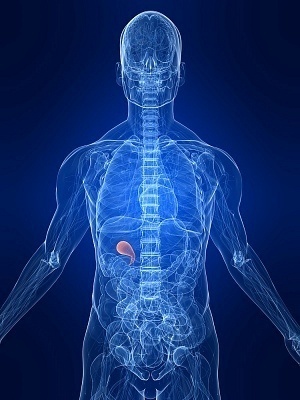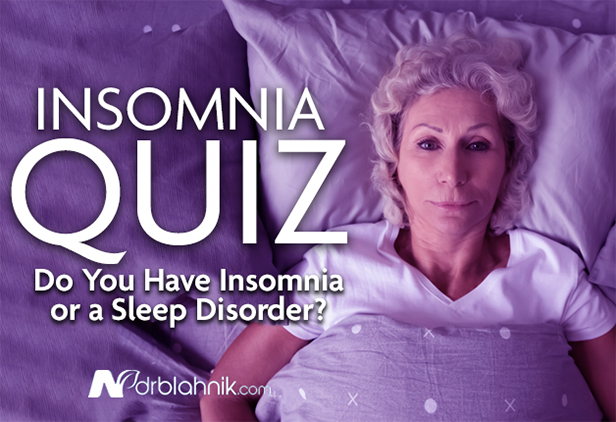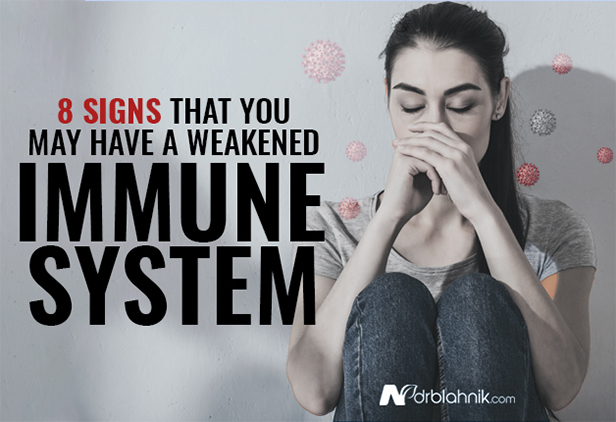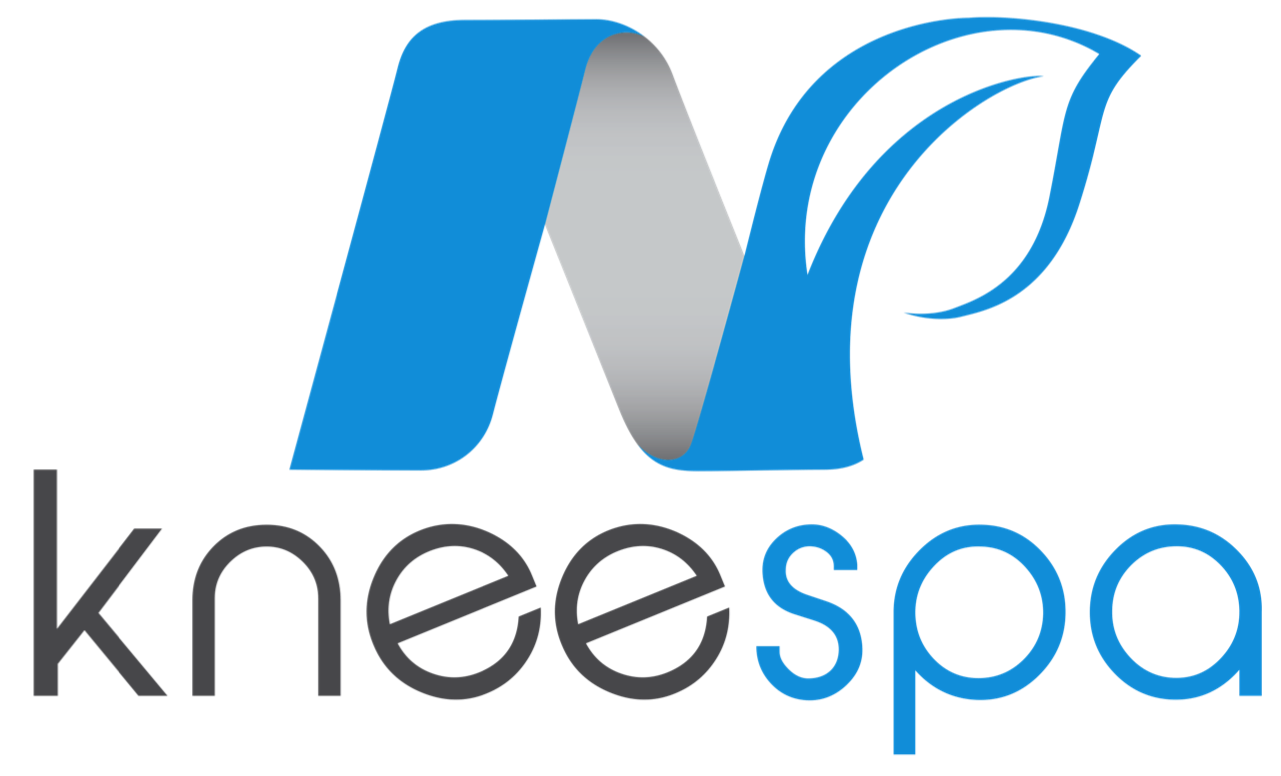Most people have viewed bones as inanimate structures within the body that merely play a role in providing structural integrity to the body. New research is revealing just how dynamic bone structure is to the nervous, immune and endocrine system. A bone released hormone is now considered by researchers one of the foremost players in controlling blood sugar and inflammation.
Poor blood sugar signaling leads to the formation of advanced glycolytic enzymes (AGE’s). AGE’s are created through non-enzymatic formation of sugar molecules and amino acids. AGE’s are produced in abundance when blood sugar is chronically elevated. These AGE’s induce significant free radical damage that damage bone collagen.
Fat cells release a few hormones to help regulate energy metabolism. The most well-known hormone released by fat cells is leptin. Leptin receptors reside in the hypothalamus and respond by initiating the feeling of satiety. As fat cells begin to grow (while we eat a meal) they release leptin. When enough leptin interacts with the hypothalamic receptor it stops the feelings of hunger. Additionally, leptin interaction with the hypothalamus also initiates the use of fat as an energy source.
Healthy leptin sensitivity in the hypothalamus is related to healthy longevity, cognitive function, lean body mass and bone mass. Poor leptin signaling is associated with obesity, brain degeneration, osteoporosis/osteomalacia and accelerated aging. Poor leptin signaling is also associated with insulin resistance and elevated inflammatory conditions within the body.
Bones help control energy metabolism
The bones used to be thought of as inanimate structures within the body. However, new research performed by Columbia University have found that the skeleton plays an important role in the communication processes involved in energy metabolism.
An important signaling protein, osteocalcin, is produced by the bone building osteoblast cells. Osteocalcin is known to increase bone density by helping to funnel calcium and other minerals into the bone matrix. Other authors compare the function of osteocalcin to a vacuum that sucks calcium from the bloodstream and into the bone matrix.
New research has also now indicated that osteocalcin directs the pancreas to produce more insulin and induces fat cells to release the hormone adiponectin. Adiponectin acts upon cells to increase insulin receptor activity and therefore improves insulin sensitivity.
Researchers were surprised to discover that blood sugar metabolism is regulated by a protein released from bone tissue. Osteocalcin is the first hormone ever found that synergistically regulates insulin secretion and insulin sensitivity. Osteocalcin was also shown to boost the pancreatic beta-cells which produce insulin as well as reducing overall fat stores.
Solutions
Osteocalcin activity is dependent upon adequate levels of vitamin D3 and K2 and regular exercise. The vast majority of society is deficient in both of these crucial fat-soluble vitamins. This appears to be the link between vitamin D3 deficiency and diabetes. Osteocalcin will not adequately activate unless vitamin D3 levels are sufficient and K2 is present.
The best way to increase vitamin D3 production is by getting 30 minutes of high-intensity sunshine on the torso regions of the body on most days. The majority of people in industrial nations and northern climates are unable to do this. Therefore supplementation with 5-10,000 IU of vitamin D3 in a liquid, emulsified form is the best approach to increasing vitamin D3.
Vitamin K2 is found in fermented soy products such as tempeh and natto. It is also found along with vitamin D3 in raw, grass-fed cow and goat cheese. Scientists have yet to classify how much vitamin K2 one should consume daily but the estimates are around 100 mcg daily. This is equivalent to about 4 oz of raw cheese.
Article Sources:
http://www.physorg.com/news105890812.html
http://www.medicographia.com/2011/05/bone-health-and-diabetes/
http://diabetes.about.com/od/whatsonthehorizon/a/bone_endocrine.htm
http://www.naturalnews.com/033879_raw_cheese_health_benefits.html
http://www.naturalnews.com/034677_calcium_bones_vitamin_D3.html





